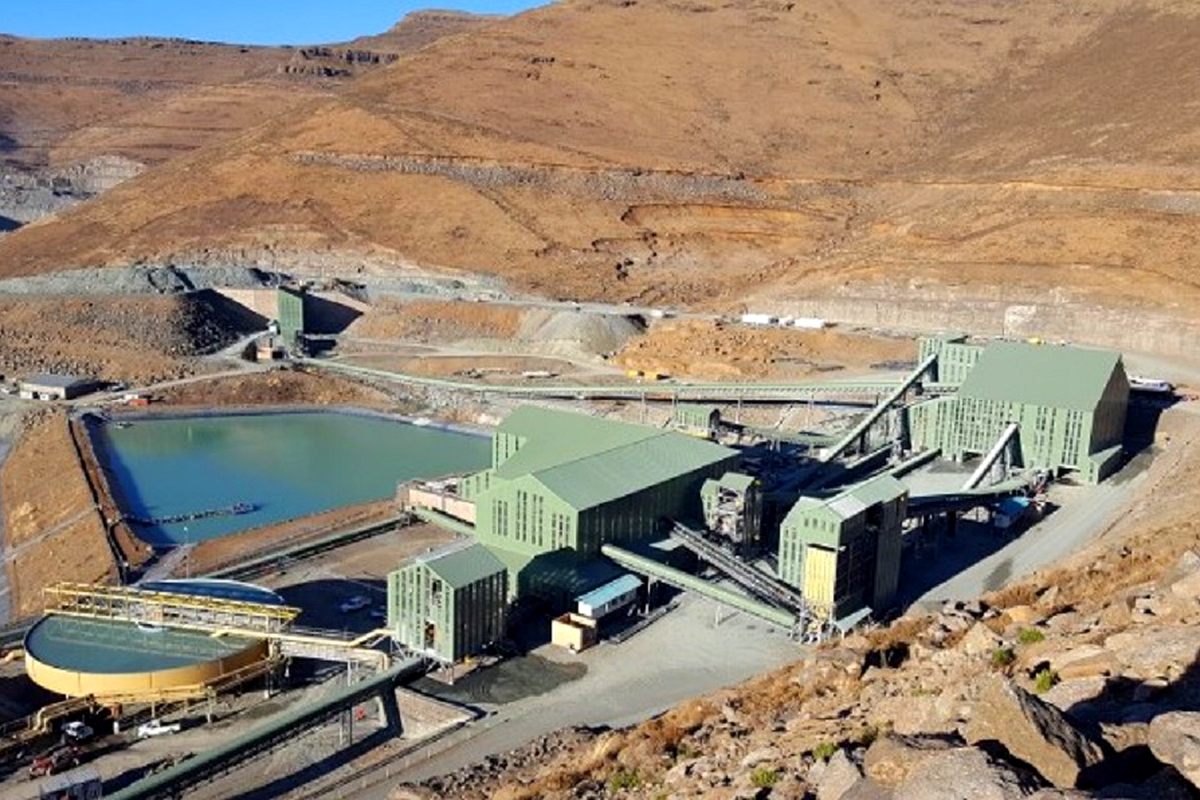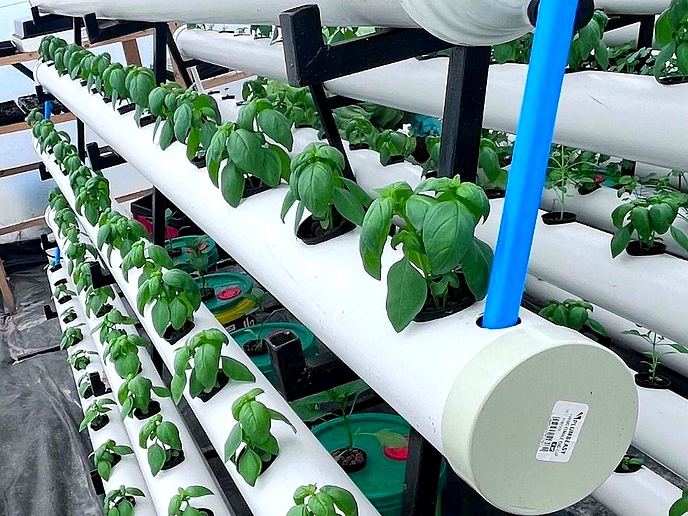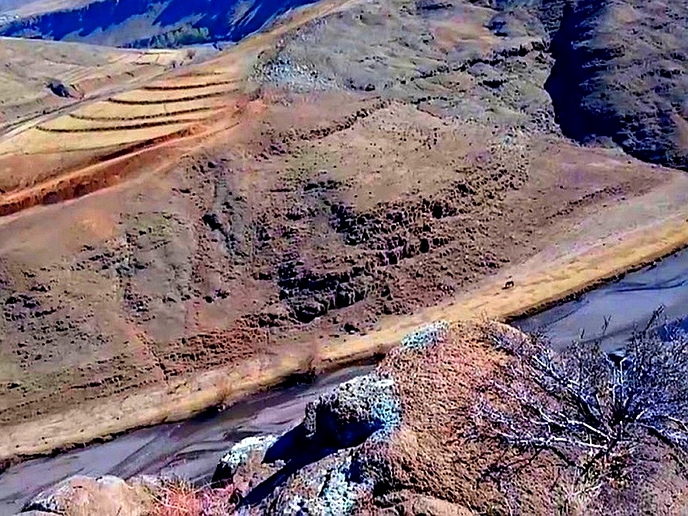WHILE Lesotho diamond output has never been stable from year to year due to a variety of ups and downs, the Liqhobong Mine has been a key contributor even to the exportation of local stones directly into the worldwide market.
business
April 26, 2023
NEO SENOKO
3 min read
Liqhobong Mine, main catalyst in local diamond production

Liqhobong Diamond Mine
Story highlights
Any form of struggle at Liqhobong naturally results in decreased output, whereas good performance is synonymous with productivity.
Liqhobong has a major influence when it comes to production, the Ministry of Natural Resources, through the Commissioner of Mines Pheello Tjatja, said on Tuesday.
For example, between 2010 and 2012, production more than doubled before declining progressively by 12 percent, 16 percent, and another 12 percent in 2012-13, 2013-14, and 2014-15, respectively.
According to the Commissioner of Mines, an increase between 2010 and 2012 was due to the revival of various mining operations after the 2008/09 global recession.
In order to recover from the effects of the global crisis, Liqhobong decided in 2013 that it needed to expand operations and maybe develop a new mine.
The plant would then be decommissioned at the end of 2013, and a new mine would be designed and built between 2014 and 2016.
Liqhobong was not produced during these years.
Because of the global uncertainty in rough diamond sales, Lemphane and Mothae Mines also put their operations on hold and this resulted in a drop in overall output until 2015.
Production, on the other hand, climbed again in 2015, skyrocketing in 2017 and reaching an all-time high in 2018.
One of the main causes for the changes was the return of Liqhobong production, which alone increased the country's output to almost one million carats.
A KP permit is necessary for the import and export of raw diamonds under the Kimberley Process Certification Scheme (KPCS).
The import and export of raw diamonds are prohibited under the Clean Diamond Trade Act unless they are controlled by the KPCS.
Because of the COVID-19 pandemic, output was substantially decreased in 2020.
Liqhobong Mine was shut down for two years, until October 2022 but production skyrocketed quickly after its recovery, with the industry contributing significantly to the country's GDP.
The mining sector in Lesotho continues to pique the interest of ordinary citizens, technocrats, and lawmakers alike.
Enjoy our daily newsletter from today
Access exclusive newsletters, along with previews of new media releases.
It has the potential to go much further and contribute even more to the country's socioeconomic growth; the key is coordination between industry and government to create an enabling environment that provides more benefits to inhabitants and higher returns to investors. Those with scant counterfactual evidence have caused intense disputes, leaving many wondering whether the mining industry produces any advantages at all.
Meanwhile, Tjatja seized the opportunity on Tuesday to clarify the ministry's position on false and fraudulent claims of violating Kimberlite Process criteria, of which Lesotho has been a member since 2004.
“These allegations are without merit, and it appears that their intent is to tarnish the brand "Lesotho" in international rough diamond markets.
“We will not allow anyone to diminish that standing, which we have enjoyed since 2004 when Lesotho joined the Kimberly Process certification method,” Tjatja said.
A Kimberley Certificate is a logistical document that confirms raw diamonds were supplied from a given country in compliance with Kimberley Process criteria. The Kimberley Process is an international certification agreement that aims to prevent the trade of “conflict diamonds.”
Tailored for you






